
Boundaries. Boundaries. Boundaries.
In recent years, (especially the post-pandemic ones), this buzzword has become a dominant theme across social media discussions around mental health and well-being.
What was once the basis of an intricate therapeutic tool in psychology has morphed into another buzzword, simplified into bite-sized, Instagram-centric viral posts, hashtags, and slogans.
If you’re a bit confused about it all at this point, you’re not alone.
The amount of confusion surrounding this concept, especially from an artist’s perspective, and how relevant it is in our environment both professional and personal, is an incredibly relevant topic to address.

Are Boundaries a Legit Thing?
Let’s get something cleared up from the very start.
Boundaries are essential for maintaining healthy relationships and emotional well-being.
I advocate them heartily.
That being said, the term continuously gets taken out of context and misrepresented both in everyday life and the digital space.
And that is the kind of risky pattern that could potentially hinder not just communication skills, but damage important relationships and compromise personal and professional integrity.
Strong words, I know. So let’s discuss.
The Concept of Boundaries: Origins and Intent
The concept of boundaries in psychology stems from the work of several scholars, particularly in the Family Systems Theory, which emphasizes the importance of defining clear interpersonal boundaries for healthy functioning.
American psychiatrist and professor Murray Bowen (1913-1990) was one of the key figures in developing this framework, introducing the concept of differentiation of self—an idea closely related to emotional boundaries in family dynamics (Kerr & Bowen, 1988).
Boundaries are meant to create a balance between closeness and distance in relationships, allowing individuals to maintain a sense of self while still engaging with others.
Unfortunately, poor general awareness has enabled social media to reduce the concept to a somewhat superficial and rigid 'pop rulebook'.
When taken out of context, it often ends up encouraging us to draw hard lines to avoid any form of discomfort, without actually growing the necessary skills to understand the source of a much bigger problem.
Where is the discomfort really coming from?
Setting limits is crucial. But this oversimplification bypasses an equally important reality in the equation: boundaries are dynamic and relational, constantly shifting depending on the context and people involved (Smith & Draper, 2004).
And in practice, they are not about baseless avoidance on a whim, but about fostering open, mature communication, mutual respect, and emotional safety.
The Misuse of Boundaries: Avoiding Accountability
One of the more problematic trends in the popularization of boundaries is its use as a tool to evade accountability.
In personal and professional relationships, we increasingly use phrases like “that’s my boundary” as a defense against engaging in any difficult or uncomfortable conversations.
This reflects a serious misunderstanding of the original purpose of boundaries, which is to manage emotional resources while maintaining connections. Not justify emotional avoidance or detachment (Chapman & Gratz, 2007).
In the context of independent artists and musicians and their lifestyles where collaboration is essential, the misuse of boundaries can have a particularly negative impact.
Creative endeavors often require a delicate balance of shared input and individual expression. But if one party keeps using "boundaries" as a way to shut down feedback or limit collaboration, the result can be a breakdown in trust and stunted creativity (Hargreaves & North, 2001).
On the other hand, healthy boundaries are also crucial for protecting creative autonomy and emotional well-being in collaborative environments. While excessive rigidity can hinder teamwork, a lack of clear boundaries can lead to unnecessary emotional strain or exploitation.
Especially in industries like music, where boundaries between personal and professional relationships often blur (Baker & Cohen, 2014).
Cultural Contexts: A Global Perspective
One of the complexities of this whole discourse is how its application varies significantly across cultures. In Western psychology, boundaries are often framed through an individualistic lens, focusing on personal autonomy, independence, and self-care (Triandis, 1995).
This aligns well with the inherently individualistic cultural values that prioritize the individual over the collective.
But in many non-Western cultural contexts—like those in South Asia, Africa, and parts of Latin America—the concept of boundaries was a somewhat foreign one until recently. It may be perceived very differently due to the general focus being based on a more collective lens: communal mindsets, familial duty, and interconnectedness.
In social circles like these, boundaries may not be clearly articulated, and asserting personal space can even be viewed as ‘selfish’ or ‘disrespectful’.
The Limits of Western Psychology
Western psychology, while foundational in the boundaries discourse, is itself an evolving field. Many of its core principles were developed in the context of hyper-individualistic cultures, and it’s only recently that efforts have been made to integrate non-Western perspectives into mainstream psychological practice (Christopher, Wendt, Marecek, & Goodman, 2014).
This integration is still an ongoing process, and Western psychology has yet to fully account for the complexities of how boundaries function in collectivist societies.
Thus, while the concept is an immensely helpful tool, it is certainly not the one-size-fits-all solution it is often sold as.
Understanding the societal dynamics at play is crucial for applying the concept in a way that truly supports the situation and people involved.
A South Asian Lens: The Impact of 'Family Worship'
I'd like to take a minute here to address some personal experiences and observations as an Indian-German Third Culture Kid of South Asian ancestry (feel free to skip if you feel this is irrelevant to you).
Relationships in South Asian families, for example, are often defined by obligations to the community and extended family, with a strong emphasis on shared responsibilities.
The dreaded “log kya kahenge?” (What will people say?) is an apt representation of the emphasis placed on social judgment and family reputation, which will often take precedence over individual needs or privacy.
Another particularly relevant aspect of Indian culture is "family worship", where strong familial bonds and interdependence are central to social structures.
This is a dynamic where family loyalty often takes precedence over individual desires, leading to a culture where personal boundaries can be very difficult to establish in the first place.
The family unit is considered paramount, sometimes to the point of 'sacred'. This dynamic, while offering a sense of belonging, can also truncate personal growth severely when abused.
It might be very empowering for one artistic archetype, while completely inappropriate for another.
Particularly for independent artists who don’t belong to ‘Gharanas’ (Traditional Indian musical clans), and rely on unique, personal experiences and emotional vulnerability for the creative process, the pressures from family to conform can adversely affect artistic freedom and expression.
Is There a Global Standard for Boundaries?
As younger generations from non-western cultures engage online with more ‘globalized’ conversations around mental health (often influenced by Western models) we find ourselves in an increasing struggle to balance certain traditional values with ‘modern’ notions of self-care.
The risk here is ending up applying Western-centric ideas of boundaries in rigid ways, potentially damaging relationships that operate under a different set of expectations (Chadda & Deb, 2013).
Personally, I would contend that the need for healthy boundaries is a human one regardless of cultural idiosyncrasies (I’ve also had to work very hard to put this philosophy into practice and it didn’t come without collateral damage).
But I also think that how the concept of boundaries is interpreted and practiced will benefit immensely with a sense of awareness and sensitivity to the cultural context in which it is being applied. That way, we are aware of what exactly it is we are signing up for.
(Please read that again if you need to. I cannot stress enough how much of a difference it could make).
How Do Poor Boundaries Affect Independent Artists?
For independent musicians, poor boundaries in professional settings often go unnoticed until they lead to worst-case scenarios like burnout, tension, or exploitation.
Artists tend to be sensitive and often easily overwhelmed by external pressures. This sensitivity is often the same force that fuels our creativity, allowing us to tap into deep emotional reservoirs to produce authentic art.
It’s also what makes us more susceptible to emotional exhaustion and overstimulation if our personal boundaries are compromised.
We also work very often in highly collaborative environments where personal and professional lives intertwine in a very non-linear and complex fashion.
The pressure to be constantly available, take on underpaid (or worse, unpaid) gigs for exposure, or allow creative input to be taken for granted are common issues that arise when boundaries are not clearly set (Bennett, 2005).
Additionally, the more informal nature of the music industry often means that musicians tend to be reluctant to establish formal boundaries, fearing that it might close off opportunities or make them seem difficult to work with.
Unfortunately, more often than not, this leads to us being stretched too thin, emotionally drained, financially strained, and creatively compromised.
The Role of Trauma: The Personal Note
For many artists, early childhood (including family) trauma and the toll it takes on self-esteem in our formative years also play a significant role.
Studies show that early experiences of invalidation, enmeshment, or neglect can lead to difficulties in establishing and maintaining healthy boundaries later in life (Farley, 2007).
Often, the very wounds that make us vulnerable also shape our artistic expression, turning our creative practice into both a sanctuary and a coping mechanism.
Without strong boundaries, however, we risk jeopardizing that sacred internal space, leading to burnout, anxiety, or diminished creative output (Barron & Kenny, 1986).
To Boundary or Not Boundary?
So what’s the solution here?
Well the way I see it, a cookie-cutter reply to that question is counter-productive in exactly the kind of way this article is aiming to highlight.
Generally speaking, the key is finding a balance that protects personal well-being without bulldozing the humanity on which collaboration and spontaneity in the arts inherently thrive on.
That probably sounds a bit generic, redundant even. But the kind of tenet that is surprisingly easy to forget amidst the noise. And even trickier to actually implement.
So here are a few suggestions to help.
Practice Self-Reflection ✔️
Artists should regularly check in with themselves to understand their emotional, mental, and creative limits. Journaling or meditating can help identify situations where boundaries may need strengthening. Mindful awareness of triggers, energy levels, and emotional responses can provide valuable insights into when and where to set boundaries (Brown & Ryan, 2003).
Develop Emotional Intelligence ✔️
Boundaries are about self-protection, but also about understanding the needs and perspectives of others. Building emotional intelligence helps in recognizing when your boundaries are being compromised without becoming overly defensive or shut off to feedback (Goleman, 1995). This creates a balanced dynamic between protecting your space and respecting the space of others in collaborative environments.
Shift the Mindset to Growth ✔️
It’s important to frame boundary-setting as an act of personal growth rather than defensiveness. Artists often feel that setting boundaries might make them seem unapproachable, but when approached with a mindset of growth and self-compassion, it encourages collaboration based on mutual respect rather than emotional depletion (Dweck, 2006).
Communicate Mindfully ✔️
Awareness is key in communication. Instead of using boundaries as a barrier to collaboration, artists benefit more with a focus on openly communicating their needs while remaining receptive to others. Practicing non-violent communication or mindful speech ensures that boundaries are shared without shutting down collaboration (Rosenberg, 2015).
Prioritize Self-Care and Recharge Time ✔️
Artists must be vigilant in maintaining regular self-care routines, which go beyond physical well-being to include mental and emotional health. Taking time to recharge is crucial for maintaining healthy boundaries and preserving creative energy. Mindful self-compassion practices allow artists to navigate intense creative processes while avoiding burnout (Neff, 2003).
Seek Mentorship ✔️
Mentorship from experienced professionals can provide invaluable guidance in navigating the complexities of setting and maintaining boundaries in the music industry. Learning from someone who has successfully managed their personal and professional relationships can offer insight into how to assert your needs while remaining open to collaboration (Graham & Pruitt, 1990).
Consider Therapy ✔️
Therapy provides a safe space for musicians to explore how their personal experiences, traumas, and relational patterns influence their professional lives. A therapist can help identify areas where boundaries need to be set more firmly and offer strategies for maintaining them without alienating others (Baker & Roth, 2004).
Invest in Career Coaching ✔️
A career coach, particularly one with experience in the creative industries, can provide specific tools for setting professional boundaries. They can help with negotiating contracts, managing collaborations, and creating sustainable work habits that respect both your time and your collaborators' needs (Bennett, 2005).
Establish Personal Work Hours ✔️
Defining your availability—when you’re on the clock and when you’re not—helps prevent burnout. Musicians often face pressure to be available at all hours, but setting clear time boundaries is key to maintaining mental and emotional energy (Bennett, 2005).
Learn to Say No ✔️
Learning to say “no” to projects or opportunities that don’t align with your values or creative vision is crucial. Overcommitting can dilute your energy and creative focus, and saying no allows you to prioritize projects that truly resonate with your goals (Hargreaves & North, 2001).
Foster Open Communication ✔️
Healthy boundaries require clear and open communication. Whether discussing creative differences or workload, maintaining an ongoing dialogue with collaborators ensures that boundaries are respected and that everyone feels heard (Graham & Pruitt, 1990).
Prioritize Self-Care ✔️
Self-care is an essential part of maintaining boundaries. Regular breaks, mental health check-ins, and reflection allow musicians to stay attuned to their needs, making it easier to recognize when boundaries need reinforcing (Baker & Roth, 2004).
Embracing the Complexity of Boundaries
Ultimately, boundaries are about creating a healthy balance between protecting yourself and engaging meaningfully with others. While the oversimplification of boundaries on social media may make them seem like a tool for avoidance, their real power lies in fostering open, respectful relationships that allow for both personal growth and collective success. For independent musicians, the challenge is not only setting boundaries but maintaining them in a way that allows creativity to thrive. By understanding the nuances of boundaries, informed by both personal and cultural contexts, we can move beyond the buzzword and use this concept to build healthier, more sustainable relationships—both personally and professionally.
Related Posts
References:
1. **Barron, F., & Kenny, D. A. (1986).** The moderator-mediator variable distinction in social psychological research: Conceptual, strategic, and statistical considerations. *Journal of Personality and Social Psychology, 51*(6), 1173-1182.
- Examines relationships and boundaries in creative and social processes.
2. **Farley, M. (2007).** Boundaries in psychotherapy: The therapist-client relationship. *Journal of Trauma & Dissociation, 8*(4), 1-17.
- Discusses the role of boundaries in therapeutic settings, applicable to artist collaborations.
3. **Shweder, R. A., & Sullivan, M. A. (1993).** Cultural psychology: Essays on comparative human development. *Cambridge University Press*.
- Explores cultural influences on individual autonomy and boundary-setting in non-Western societies like India.
4. **Chadda, R. K., & Deb, K. S. (2013).** Indian family systems, collectivistic society, and psychotherapy. *Indian Journal of Psychiatry, 55*(2), S299-S309.
- Discusses the impact of Indian family dynamics on personal boundaries and mental health.
5. **Cultural Atlas. (2018).** Indian Culture: Family. [Cultural Atlas](https://culturalatlas.sbs.com....).
- Highlights Indian family values and their influence on individual boundaries.
6. **Hindirashifal. (2023).** Indian Family Values: The Pillars of a Strong and Connected Society. [Hindirashifal](https://hindirashifal.in).
- Outlines traditional Indian family dynamics and the concept of “family worship.”
7. **Brown, K. W., & Ryan, R. M. (2003).** The benefits of being present: Mindfulness and its role in psychological well-being. *Journal of Personality and Social Psychology, 84*(4), 822-848.
- Discusses the importance of mindfulness and self-awareness in setting boundaries.
8. **Goleman, D. (1995).** Emotional Intelligence: Why It Can Matter More Than IQ. *Bantam Books*.
- Explores the role of emotional intelligence in navigating relationships and boundaries.
9. **Dweck, C. S. (2006).** Mindset: The New Psychology of Success. *Random House*.
- Discusses growth mindset and its relevance to boundary-setting.
10. **Neff, K. D. (2003).** Self-compassion: An alternative conceptualization of a healthy attitude toward oneself. *Self and Identity, 2*(2), 85-101.
- Highlights the importance of self-compassion in maintaining emotional boundaries.
11. **Warren, K., & Bethel, M. (2000).** Collaboration in the arts: Boundaries and communication. *Journal of Creative Behavior, 34*(1), 23-35.
- Explores boundaries in creative collaborations and their role in maintaining trust.
12. **Baker, D., & Cohen, M. (2014).** Burnout and emotional strain in creative professions: The necessity of boundaries. *Psychology of Music, 42*(6), 685-698.
- Discusses emotional burnout in creative industries and the role of boundaries in prevention.
13. **Hargreaves, D. J., & North, A. C. (2001).** The Social Psychology of Music. *Oxford University Press*.
- Examines the dynamics of collaboration and boundaries within musical creativity.
14. **Rosenberg, M. B. (2015).** Nonviolent Communication: A Language of Life. *PuddleDancer Press*.
- Provides insights into effective communication and setting boundaries mindfully.
Join my free training.
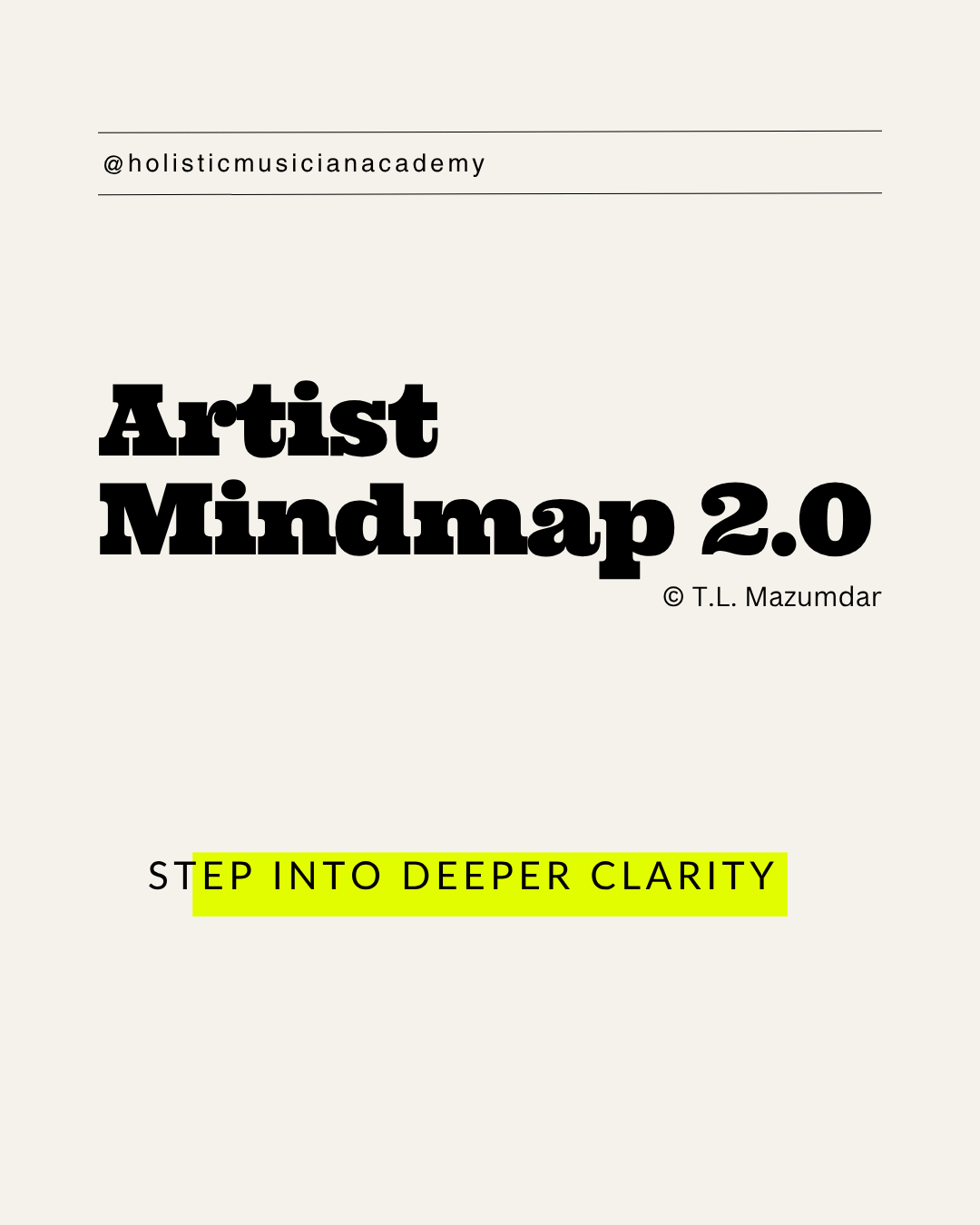




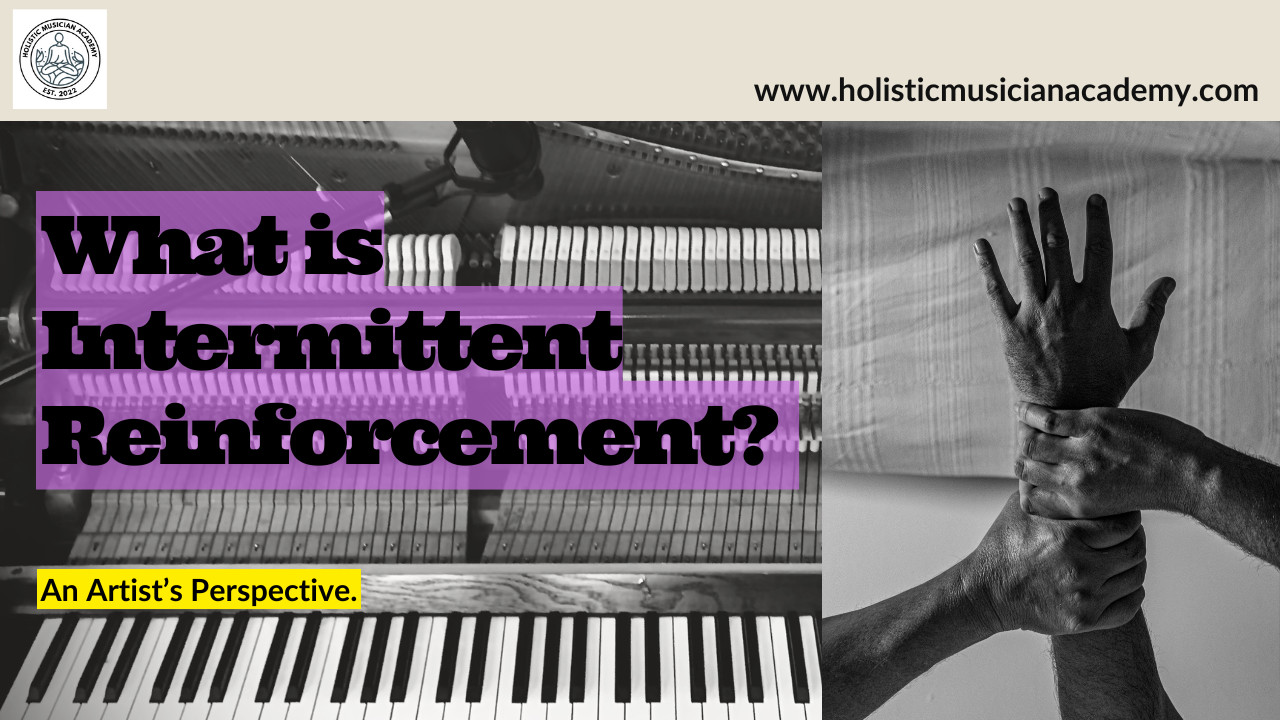
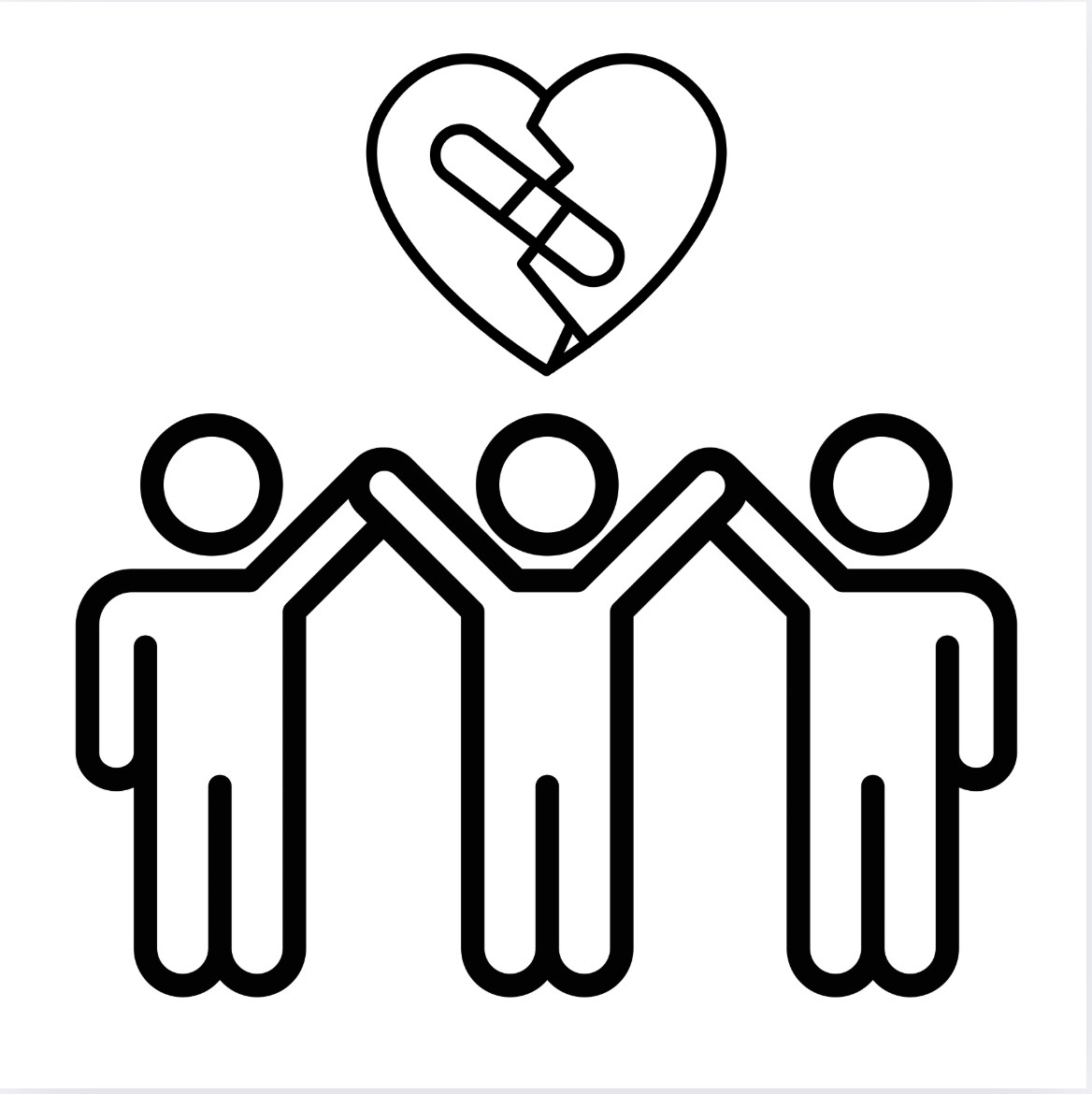

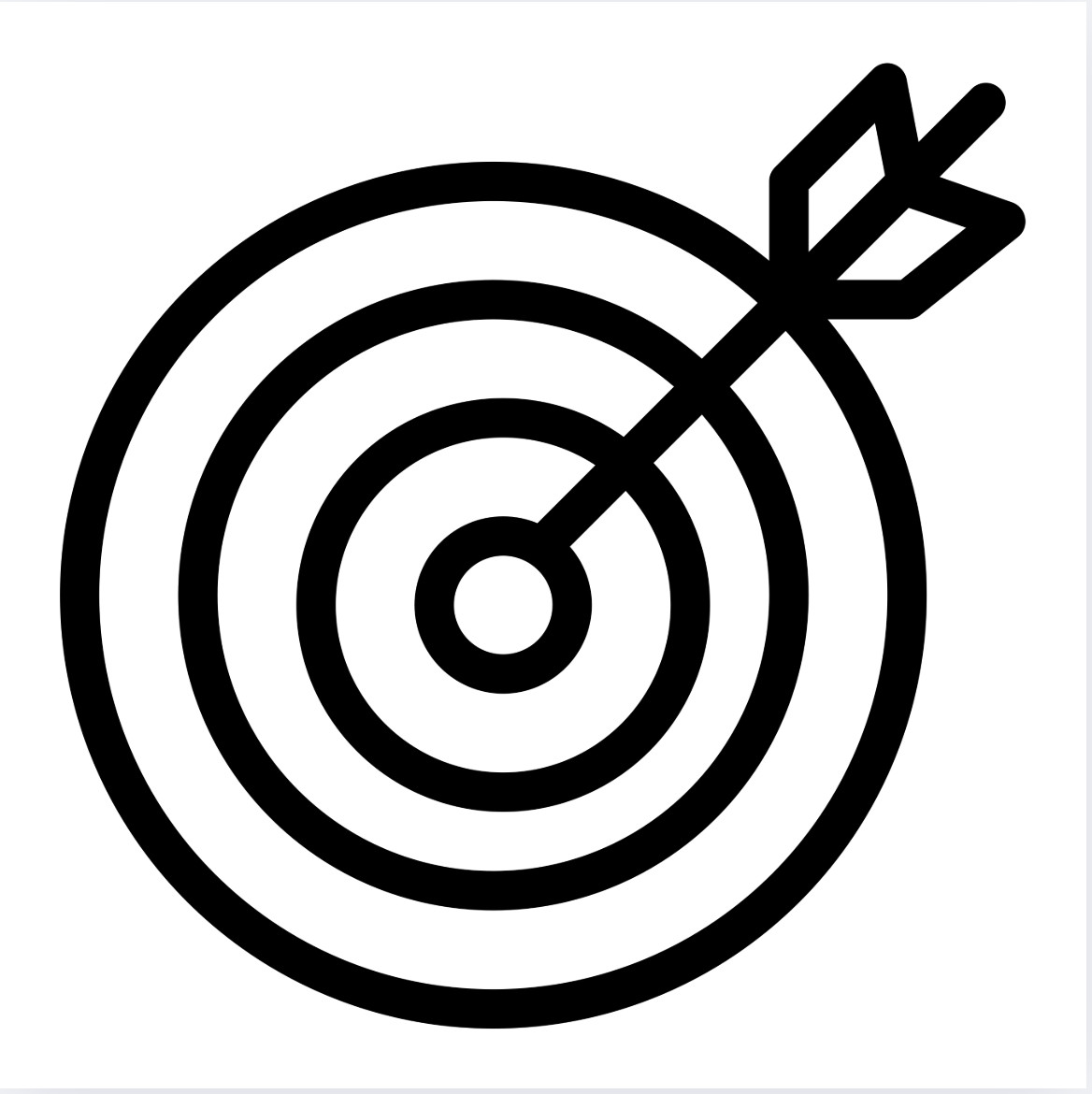
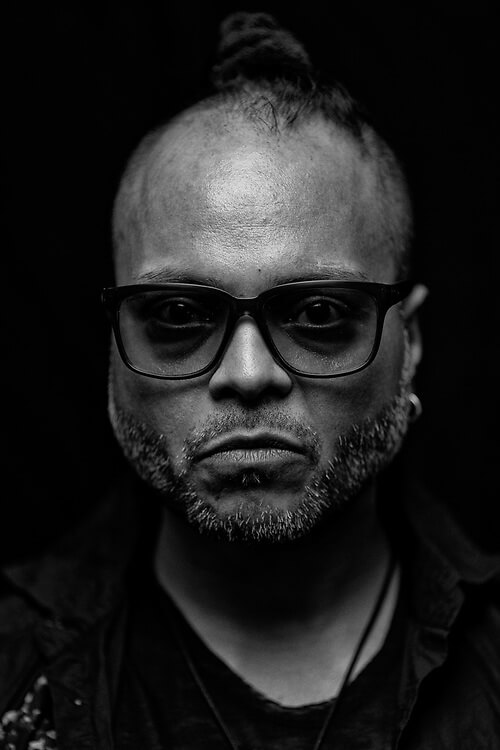
0 Comments